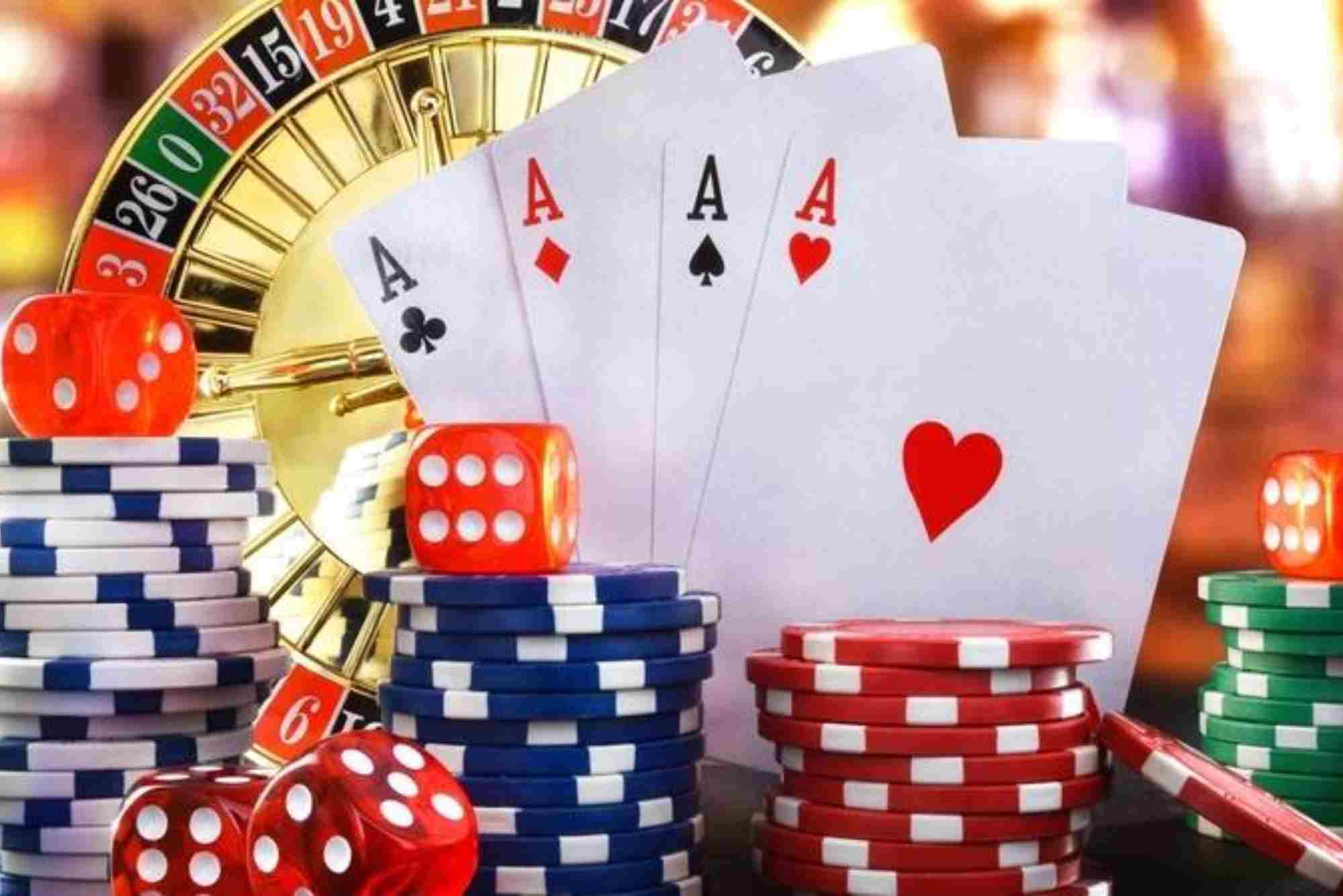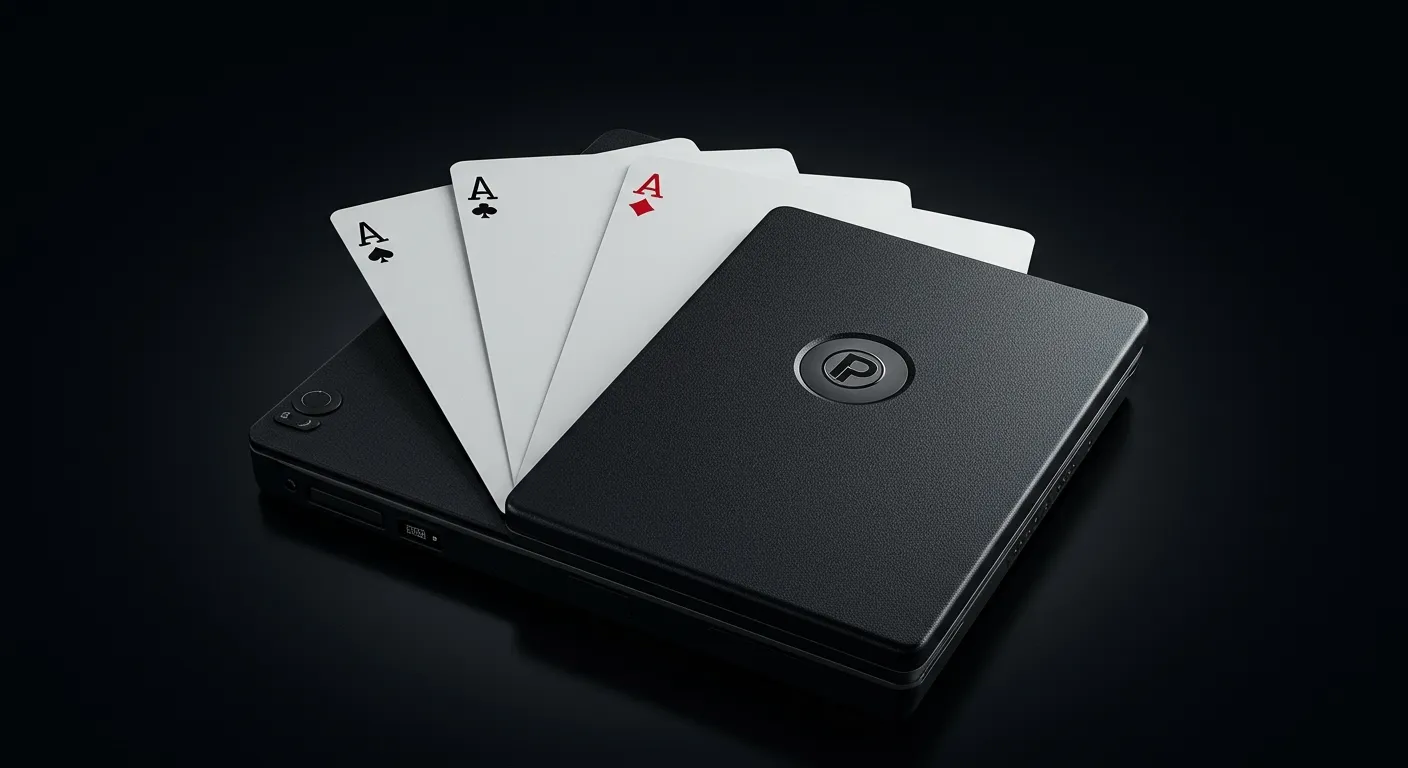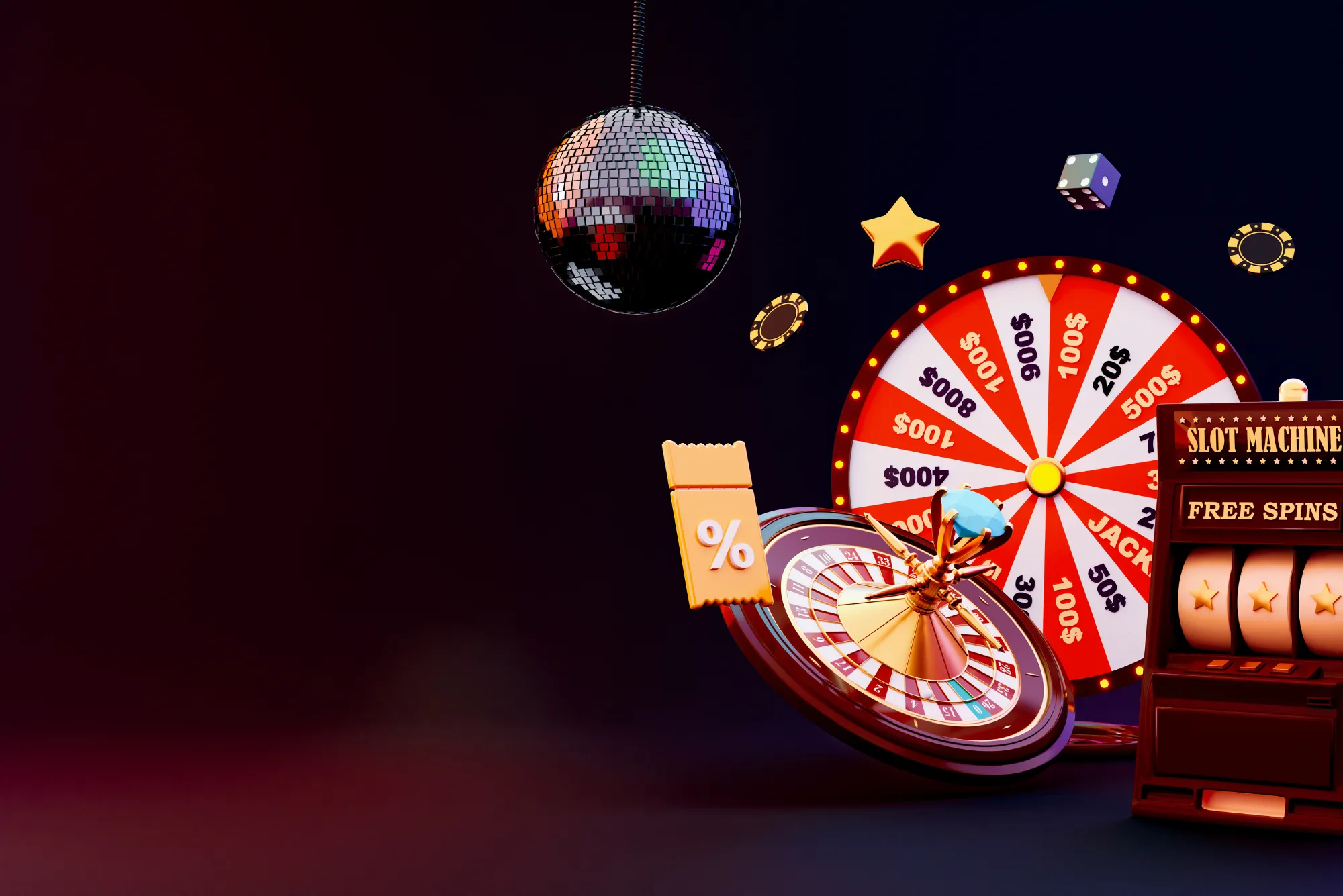The first time I sat at a 243-ways video slot after years of playing classic 20-line machines, I felt both empowered and confused. More lines must mean more chances, right? But after tracking results, testing different bet structures, and talking shop with other regulars, I realized the answer is more nuanced. “How many paylines do you actually need to win big?” depends less on a magic number and more on how paylines interact with volatility, bet sizing, and your personal goals for a session.
What Paylines Really Do (and Don’t Do)
A payline is simply a predefined path across the reels that determines whether a symbol combination pays. Traditional slots might have 9, 20, or 40 fixed lines. Modern titles blur that concept with “ways to win” systems—243, 1024, or even 4096 ways—where any left-to-right match counts, eliminating rigid paths. The key point: paylines don’t change the underlying return to player (RTP) the game is programmed for; they change how that RTP is distributed across hits.
If you cut active lines in half, you’re usually not cutting the house edge—just the frequency of smaller wins. Conversely, maxing lines won’t suddenly make the game generous; it just spreads your bet across more potential combinations, smoothing variance but often shrinking individual line hits. The math the slot was born with is the math you’ll get, no matter how many lines you toggle.
Do More Lines Really Mean Better Odds?
More lines typically increase hit frequency. You’ll see more small or medium payouts, which can psychologically sustain a session. However, many games scale your total stake with the number of lines, so “covering them all” can quietly double or triple your cost per spin. If the RTP is fixed, betting more lines at a higher total stake doesn’t improve long-term odds—it just changes the ride’s texture.
And here’s where the ecosystem matters: when you step outside UK-licensed sites and explore non GamStop casinos, you’ll find an ocean of high-line and “ways” slots, often with relaxed staking rules and bonus offers. The freedom is nice, but you give up some regulatory protections, so you need to be brutally honest with bankroll limits and withdrawal checks. The line-count question doesn’t exist in isolation; it lives inside your choice of platform, volatility tolerance, and self-control.
RTP, Volatility, and Line Count: The Real Trio
RTP tells you how much the game is programmed to return over the very long haul; volatility tells you how lumpy that return will feel along the way. Paylines and “ways” systems influence volatility by shaping hit frequency and average payout size.
-
Fewer lines + higher bet per line: Fewer hits, bigger when they land.
-
More lines + smaller bet per line: More frequent tickles, fewer thunderclaps.
If you love constant feedback—little wins to keep adrenaline and morale up—maxing lines (or choosing “ways” games) makes sense. If you’d rather swing for chunkier prizes and you’re emotionally okay with longer dead patches, trimming lines (or playing high-volatility titles) might suit you better. Neither approach is “more correct”; it’s about aligning the game’s rhythm with your temperament.
Fixed Lines vs. Adjustable Lines vs. Ways
Some modern slots lock you into all lines—no choice. Others let you adjust from, say, 1 to 25 lines. Ways-to-win titles eliminate line decisions entirely; you pay per spin, not per line, and everything that matches pays. Adjustable-line games can tempt you to run fewer lines to lower your stake, but beware: many titles scale symbol payouts relative to total bet, so dropping from 20 lines to 5 doesn’t always preserve the same payoff ratios. Read the paytable carefully—some games punish low-line play with reduced prizes or disqualify you from certain features unless you meet a minimum stake.
The Illusion of “Covering Everything”
I’ve heard this line a dozen times at land-based casinos: “I play all the lines so I never miss a win.” In truth, you’re not “missing” wins on inactive lines; you’ve simply chosen not to buy those lottery tickets. But if having a scatter win land on a dead line ruins your mood, then, yes, buy the peace of mind and cover them all—just remember you’re paying for that peace.
Bet Structure: Total Stake vs. Bet Per Line
Online, it’s easy to focus on the total stake number and ignore how it breaks down. On a 20-line slot, a $1 total bet is $0.05 per line. On a 40-line slot at the same $1 total, you’re betting $0.025 per line. This matters when the slot’s top awards are expressed as “X times your line bet.” Halving your line bet halves the absolute size of those line-based payouts. Some features pay off your total bet instead, which makes line count less critical for big wins. Again, scanning the paytable tells you whether line count affects top awards.
Progressive Jackpots and Paylines
In many progressive slots, qualifying for the jackpot draw (or the full jackpot tier) demands meeting a minimum total stake or activating a side bet—regardless of paylines. Chasing a progressive with minimal lines to “save money” might fail if you didn’t meet the hidden qualifiers. Always check the conditions: some games only grant the jackpot chance if you’re betting max lines or at least a certain total.
Real-World Examples from My Sessions
I’ve had sessions on 243-ways games where I won constantly—small drips that kept me afloat until a bonus round bailed me out big. I’ve also run 10-line classics, hit nothing for minutes, then nailed a five-of-a-kind that wiped out the drought and put me ahead. Emotionally, the first style feels gentler, the second more dramatic. Which is better depends on whether you prefer a soft cushion or adrenaline spikes.
Bankroll Strategy: Match Lines to Your Budget
If you’re on a tight bankroll, one sensible approach is to lower your coin value but keep all lines active (if adjustable). That keeps variance manageable and gives you the psychological benefit of more frequent hits. If your bankroll can handle swings and you’re aiming for a high-volatility thrill, pick fewer lines but bump the coin value to keep potential hits meaningful. The key is deciding that plan before you start, not mid-tilt when the reels go cold.
Bonus Features and Line Impact
Modern slots often hide the real value in bonus rounds—free spins, multipliers, expanding wilds, or “hold and spin” features. The number of lines can affect how often certain bonus-triggering combos land. On “ways” games, scatters are easier to snag because they don’t care about lines, only that symbols appear anywhere on reels. On classic line games, scatters still usually pay anywhere, but other feature triggers might demand specific line alignments. Understanding how the slot’s features trigger can guide whether line count really matters.
The Offshore Angle: Paytables and Transparency
Outside heavily regulated markets, some developers publish less-detailed paytables or bury key info in small print. If you’re playing abroad or on looser platforms, double-check how lines and stakes affect feature access and jackpot eligibility. Transparent slots tell you plainly: “Max bet required for progressive,” or “Jackpot can trigger at any stake.” If it’s vague, assume the worst and play conservatively—or pick another game that respects your clarity threshold.
Emotional Bankroll and Payline Choices
Your emotional bankroll—the patience and calm you bring to a session—is often more fragile than your actual balance. More lines mean more hits, which can soothe nerves. Fewer lines mean longer droughts, which can trigger tilt faster. Know yourself. If dead spins make you shove the stake slider upward in frustration, you might prefer the smoother ride. If little drip-wins annoy you because they feel like “teases,” trim lines and lean into volatility—but set a hard stop.
“Need” vs. “Want”: The Final Reframe
You don’t “need” any specific number of lines to win big—the game’s RNG doesn’t care how many you chose. What you need is alignment: between your bankroll, volatility tolerance, and what you define as a satisfying session. The right number of lines is the one that lets you enjoy the ride without sabotaging your budget or your mindset.
So, How Many Paylines Do You Actually Need?
Enough to match your goals. If you crave consistent engagement and hate missing potential wins, cover them all or choose a “ways” slot. If you’re hunting bigger punches and are okay with silence between them, fewer lines with a higher per-line stake can feel more potent. What matters is that you pick intentionally, not impulsively. The jackpot doesn’t live on a specific line count; it lives in the RNG—your control is over how you fund your seat on the ride.








